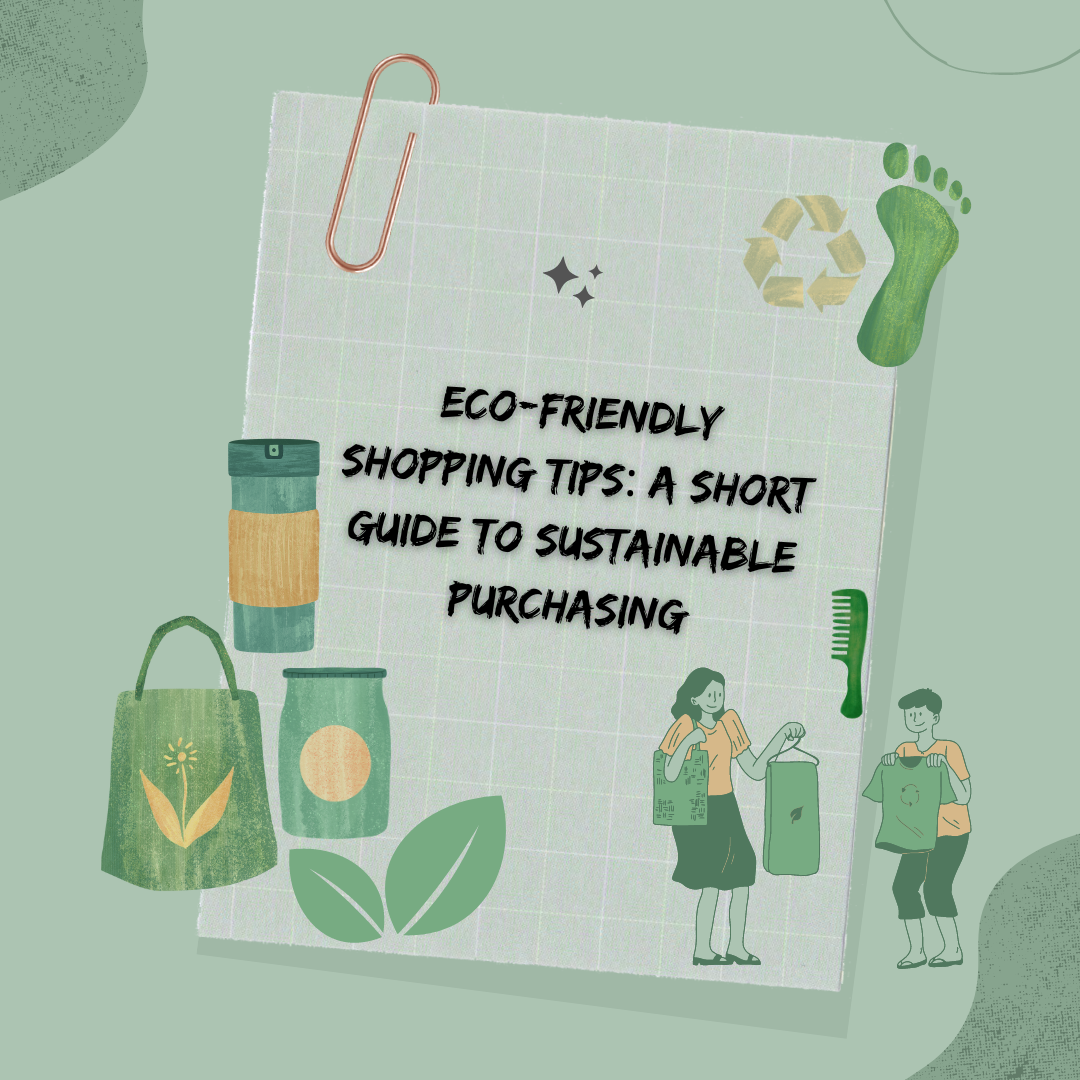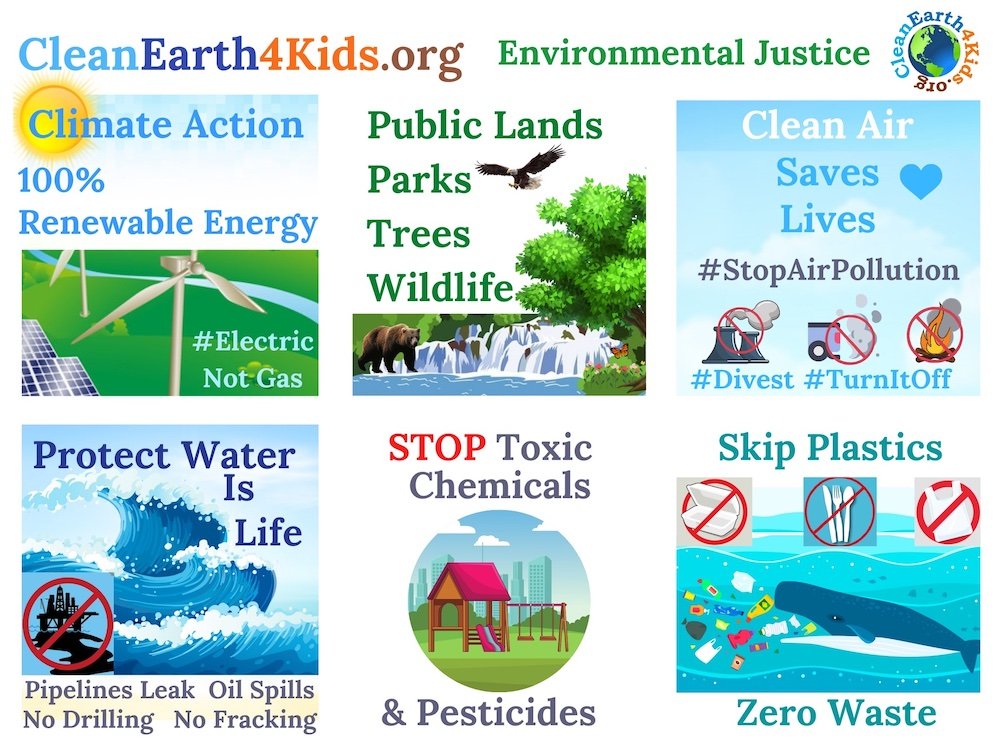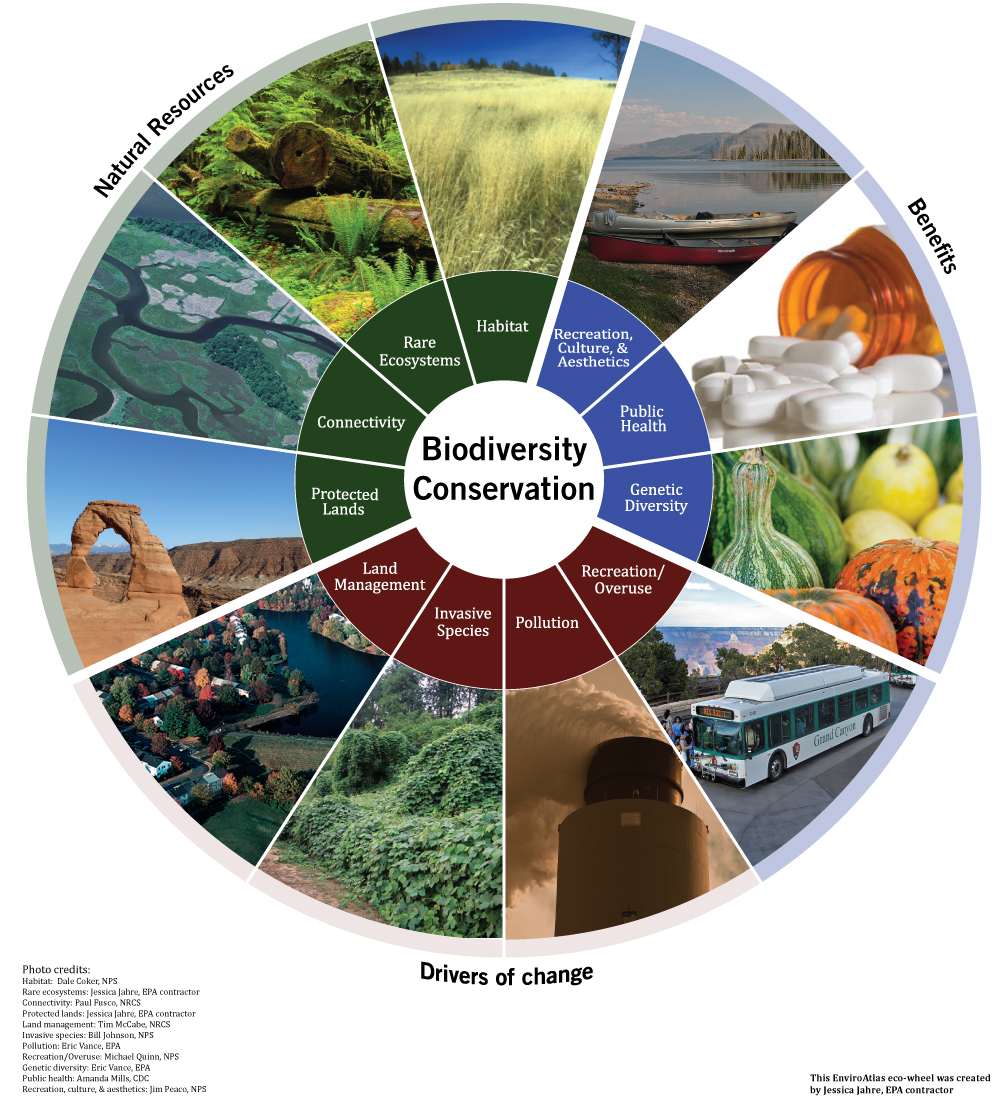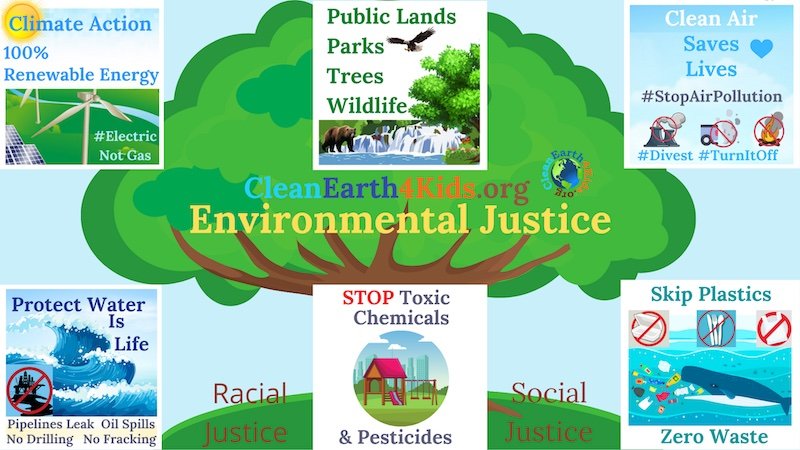The Ultimate Guide to Shopping Eco-Friendly Products
In today’s world, where environmental concerns are on the rise, many of us are becoming more conscious of the impact our consumer choices have on the planet. One of the ways we can make a positive difference is by shopping for eco-friendly products. Not only are these products better for the environment, but they also promote sustainability and support ethical practices. This comprehensive guide will walk you through everything you need to know about shopping eco-friendly products, from understanding labels to finding sustainable alternatives.
1. Prioritize Sustainable Materials:
When shopping for eco-friendly products, it’s important to look for those made from sustainable materials. Prioritize items made from organic, recycled, or upcycled materials. For clothing, choose fabrics like organic cotton, hemp, or bamboo, which require fewer pesticides and water to grow.
2. Avoid Harmful Chemicals:
Many conventional products contain harmful chemicals that can be detrimental to both the environment and your health. When shopping, keep an eye out for labels that indicate whether a product is free from hazardous substances such as parabens, sulfates, or phthalates. Opt for natural alternatives or products certified as organic or non-toxic.
3. Look for Energy Efficiency:
Energy-efficient appliances can significantly reduce your carbon footprint. When shopping for electronics or household appliances, check for Energy Star labels, which indicate that the product meets specific energy efficiency criteria. Choosing energy-efficient options not only saves money in the long run but also helps conserve resources.
4. Consider Packaging:
Packaging is a major contributor to waste and pollution. Look for products that use minimal or recyclable packaging materials. Glass, paper, and cardboard are better alternatives to plastic packaging. Additionally, buying in bulk or choosing products with refillable options can help reduce waste.
5. Choose Fair Trade and Ethical Products:
Supporting fair trade products ensures that workers and artisans receive fair wages and are provided with safe working conditions. Look for certifications such as Fairtrade or Fair Trade Certified when shopping for products like coffee, chocolate, or handicrafts. Similarly, research brands to ensure they follow ethical practices and treat their workers fairly.
6. Buy Local:
Reducing the carbon footprint associated with transportation is another way to make your shopping more eco-friendly. Whenever possible, choose locally produced goods. This not only supports local businesses but also reduces the emissions generated from long-distance transportation.
7. Research and Educate Yourself:
Stay informed about eco-friendly brands and products. Research company values, goals, and sustainability initiatives. Look for certifications and third-party verifications that provide assurance of a brand’s commitment to the environment. Also, consider reading product reviews and customer feedback to get a better understanding of a product’s sustainability credentials.
8. Repair and Upcycle:
Instead of immediately discarding items, explore options for repair or upcycling. Repairing and extending the life of products reduces waste and saves resources. Additionally, upcycling can unleash your creativity and give old items a new purpose.
9. Consider Secondhand and Thrift Shopping:
Thrifting and buying secondhand items are excellent ways to shop sustainably. Many pre-loved items are still in great condition and can be found at a fraction of the cost. Websites and apps dedicated to secondhand shopping, as well as local thrift stores, can be treasure troves of sustainable finds.
10. Practice Minimalism:
Lastly, adopting a minimalist lifestyle can greatly contribute to shopping eco-friendly. Only purchase items that you truly need and will use, reducing unnecessary consumption. Focus on quality over quantity and opt for durable products that will last longer, thus reducing waste in the long run.
By following this ultimate guide to shopping eco-friendly products, you can make conscious choices that benefit the environment and promote a more sustainable future. Remember, even small changes in our shopping habits can have a significant impact when adopted by a larger community. Let’s work together to create a greener world, one sustainable purchase at a time.











